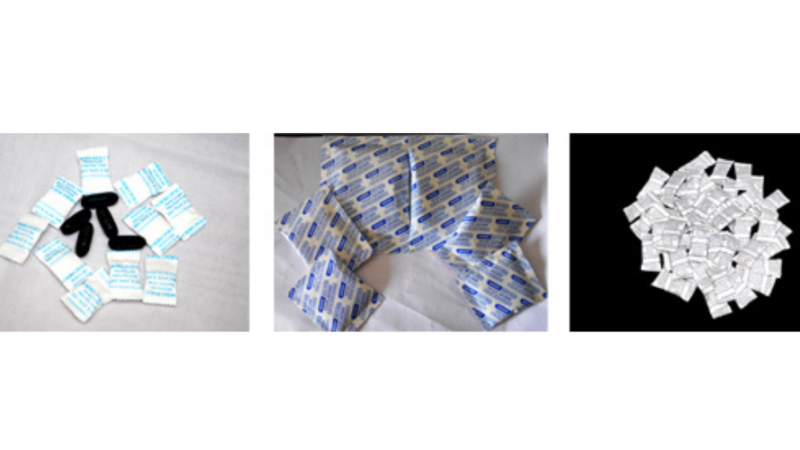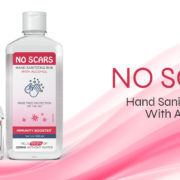Oxygen is required for the survival of any living being; however, it can also be harmful in many ways. For example, oxygen in beverages and food can lead to the growth of pathogens, fungi, yeast, bacteria, and mold, making the food and drugs unconsumable and unsafe. Excess oxygen can also destroy non-perishable items like metal as they get rusted over time. When such a thing happens, it can also lead to a loss, especially for manufacturers. A recent study indicates that every year companies and manufacturers undergo significant losses due to such problems. To prevent such losses, companies use oxygen absorber packets.
What are the oxygen absorber packets?
As the name suggests, oxygen absorbers, AKA oxygen scavenger, are small sachets used to extend the product’s shelf life and keep it safe. They are often placed inside sealed packages or medicinal bottles. These sachets play an essential role in storing pharmaceutical and food products by protecting them from getting spoilt or deteriorating due to oxygen.
The different uses of oxygen absorbing packets
Oxygen scavengers come in handy in many ways and are used across various industries. They come in different mesh and grade sizes and often contain powder or small granules/crystals. When this powder comes in contact with the air, it absorbs the oxygen from the air. Even when these sachets absorb the oxygen, they do not release harmful gases. Some of the many uses of oxygen absorbing packets include
- They are used to protect perishable commodities like grains, spices, dry and fresh meat, coffee packets, instant food like noodles, etc.
- Oxygen scavengers are also used to protect materials like leather from getting spoilt.
- Another use of such sachets can also be found in products like powdered chemicals, beaded or powdered glass, etc.
- They are also used in precook foods like pet food, bird seeds, pastries, cakes, cookies, etc.
The shelf life, precautions, and toxicity of oxygen-absorbing sachets
It is essential to understand small elements to ensure that you get the maximum benefit of a particular product. Similarly, when it comes to oxygen absorbers, there are three main elements that one should consider. They are as follows.
- Toxicity
These packets contain small amounts of elemental iron or polyethylene that can lead to poisoning. If consumed, it can have corrosive effects and can irritate the gastrointestinal tract.
- Precautions
You also have to ensure that these sachets should not come in contact with water. Once they do, the iron gets activated and forms iron oxide. Oxygen absorbing packets are non-toxic but are not safe to consume.
- Shelf life
The shelf life of oxygen scavengers can range from six months to a year before you open it to use it. Once opened, it has a short shelf life, which can last for as long as 5 mins. If you want to extend these sachets’ self-life, it is advisable to store them in PETE containers or airtight glass jars.
Benefits of oxygen absorbers
Oxygen absorbers come in handy in many ways. Some of the various benefits of oxygen scavengers include.
- Helps to extend the shelf life and preserve commodities
Oxygen absorbers help to increase the shelf life of any product. Companies even use them to preserve the taste and flavor of wet foods like dairy products, sauces, etc.
- Prevents the growth of pathogens
They are also used for preserving products like beans, pasta, etc.
- Does not alter the natural properties of the product
Oxygen absorbers do not alter the flavor, smell, or taste of the food product.
- An economical option
Vacuum packaging can be costly and unaffordable. These sachets can save a lot of money and prevent losses, making them an economical option for companies and manufacturers.
- Prevent oxidation of vitamins
Food, in general, contains various kinds of Vitamins like A, C, and E. The sachets help to prevent the oxidation of these vitamins and help to retain the vitamin content.
- They prevent pigmentation in sauces and berries.
In liquids and certain foods like berries and sauces, oxygen scavengers help prevent the condensation and oxidation of red pigments.
- Help to maintain a pest-free environment
As strange as it may sound, even museums use oxygen scavengers to maintain a pest-free environment and preserve artifacts.
Types of oxygen absorbers in the market
Especially in the food industry, there are two main types of oxygen scavengers. They are
- The B absorbers which are used for foods with high moisture content
- The D absorbers which are used for dry packaging
A final note
As much as oxygen is vital for life, it can also be harmful in many ways. In industries like food and beverages, the use of oxygen sachets comes in handy. These sachets are used for various reasons and can help companies save a lot of money and prevent losses. You can also use them for personal use to preserve food commodities and packaged goods.
Also Read: An All-inclusive Guide to Humidity Indicator Card – Its Uses and Benefits













